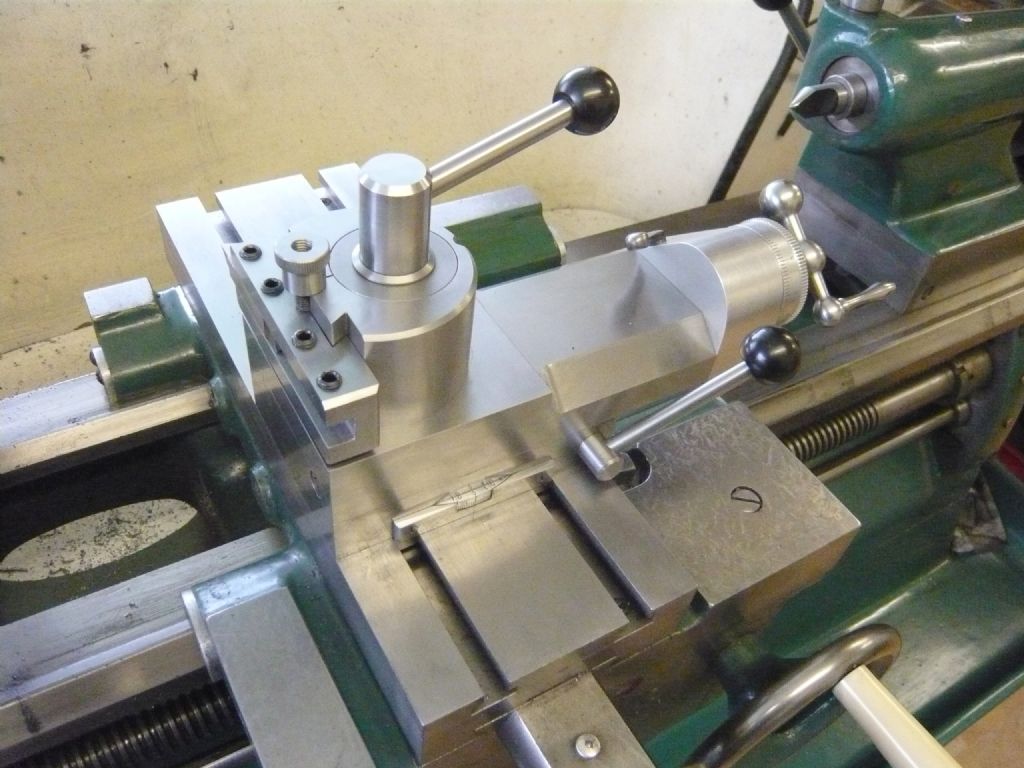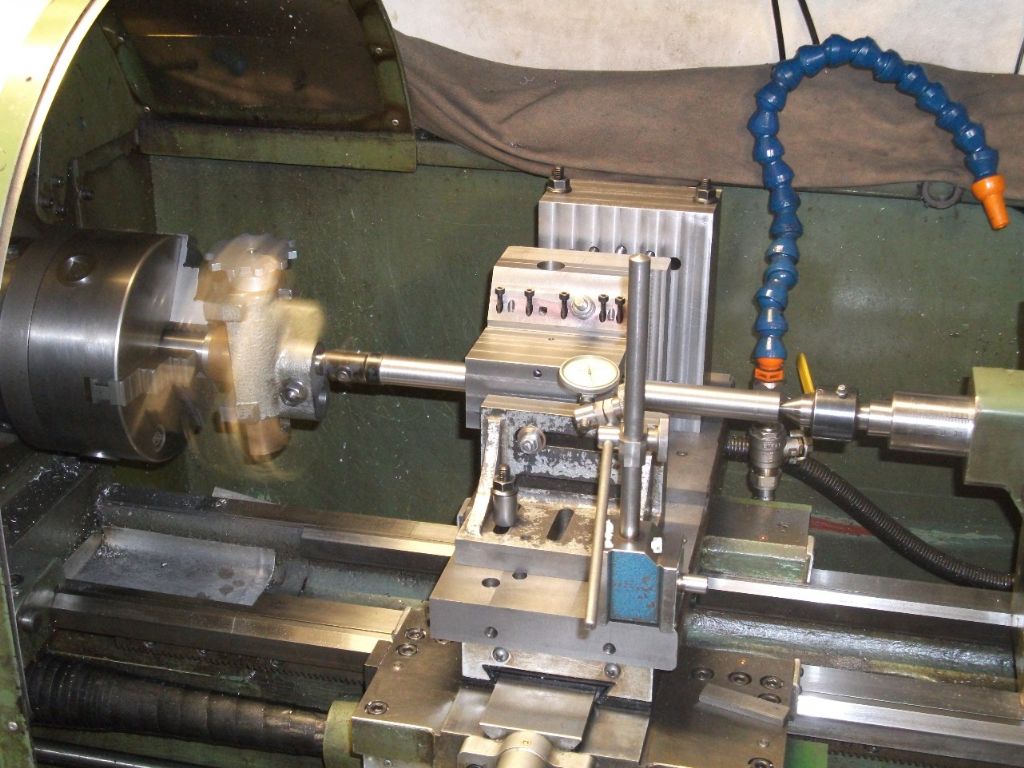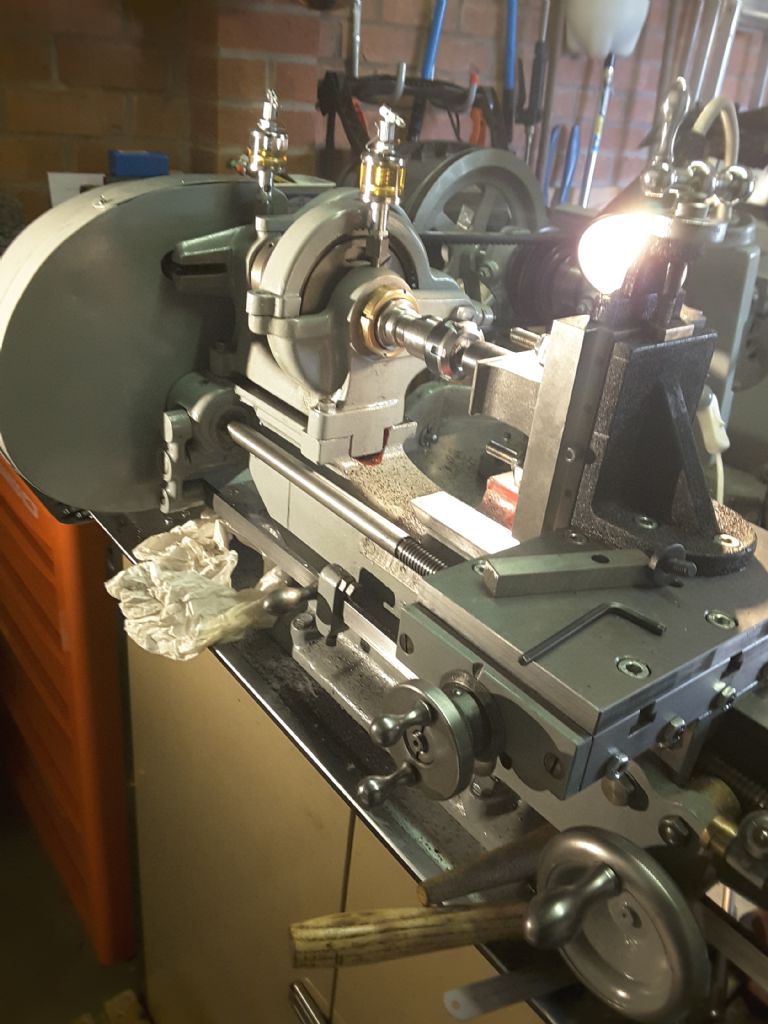Posted by Calum Galleitch 06/03/2022 13:52:11
As a milling machine is not an option for the foreseeable, I'd like to undertake light milling operations
in the lathe as well as other operations involving attaching things to the cross-slide. However, the
cross-slide on my lathe is not big enough to consider adding T-slots. In the long run manufacturing
a replacement cross-slide would be ideal, but I'd need both a big enough mill and the skills to do it!
So my thought is to make a fixture plate in aluminium which would be bolted to the cross-slide.
I don't require repeatability of fixturing, I think, so the aim is purely to create a secure platform
to hold things down.
The cross slide is something like 350x120mm: so my first questions are: how thick
should the plate be, and how securely should it be attached, to be reasonably rigid?
Recognising of course that "rigid" is a relative concept! I don't imagine myself milling
to accuracies of a tenth: more like holding a vertical milling slide to make things like
T-nuts or a QCTP. I was thinking that six mounting holes in total would be adequate,
in the corners and half-way along.
Looking online I see I can get a bit of 16mm plate for about £35. I am thinking
of an array of tapped M10 holes at say 30mm centres – does this seem
reasonable? Or would it be simpler and more flexible to just drill and tap
holes as and when I need them?
Tap drilling aluminium: I may be looking in the wrong places but aluminium
drills in 0.1mm increments don't seem to exist. I can find an 8.8mm carbide
stub drill on eBay: to go through say 16mm, will this be up to the job for say 40-odd holes?
——————————————-
I have the similar machine to the Cub 750 in the Warco GH 1000 ,i also have plate
mounted as in the photo here it is 15 " long 6" wide and 1" thick at its machined size.
There are only 6 off 6 mm cap head screws to fix it.
I think you will need to re think the "I was thinking that six mounting holes in total would be adequate,
in the corners and half-way along" .
as you will find the cross slide at the back end is just a thin shell to cover the lead screw over
a length of about 4 inches and will not provide much of a secure fixing.
The cross slides on these machines are not that rigid ,a thick steel plate would be more
the thing to go for if you are unable to machine a cast plate as i have ,the aluminium
plate will add little to the rigidity of the cross slide.
John

Bill Phinn.
















